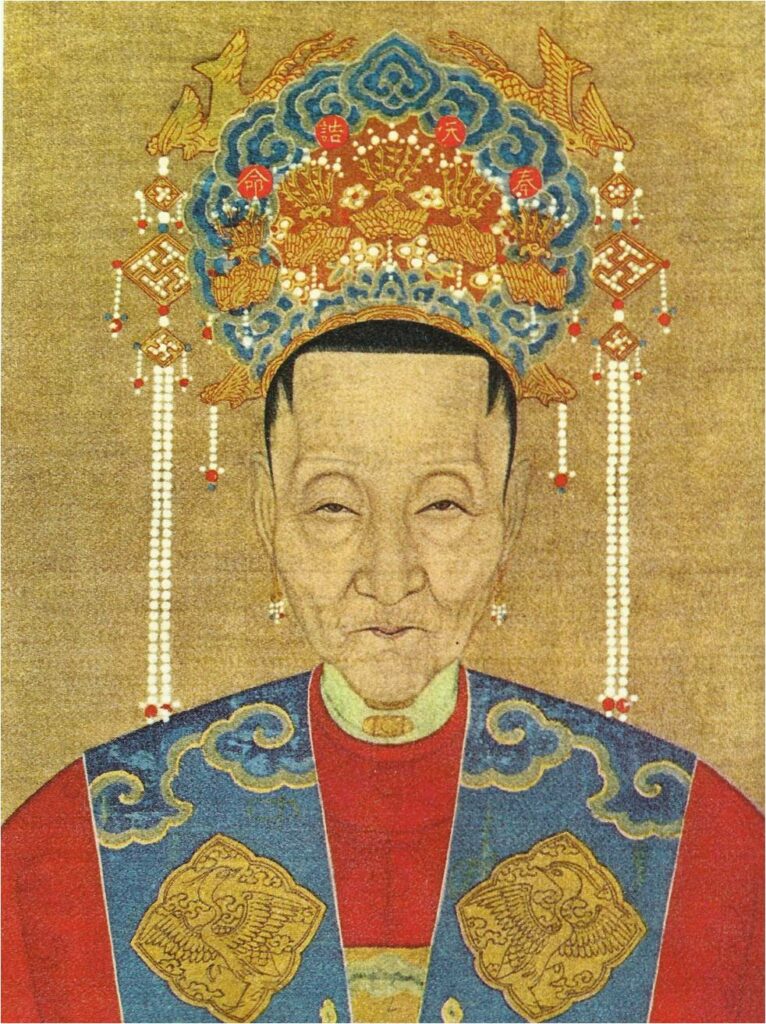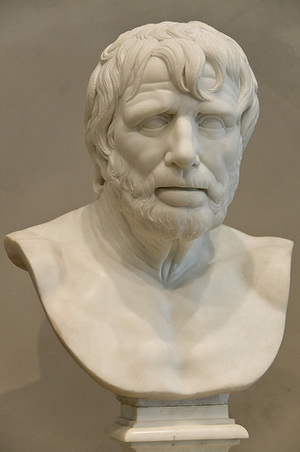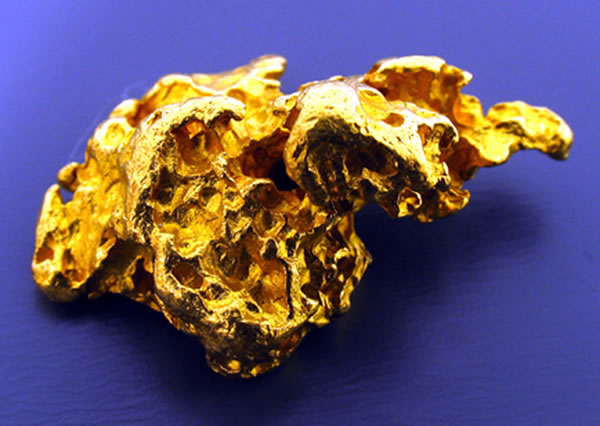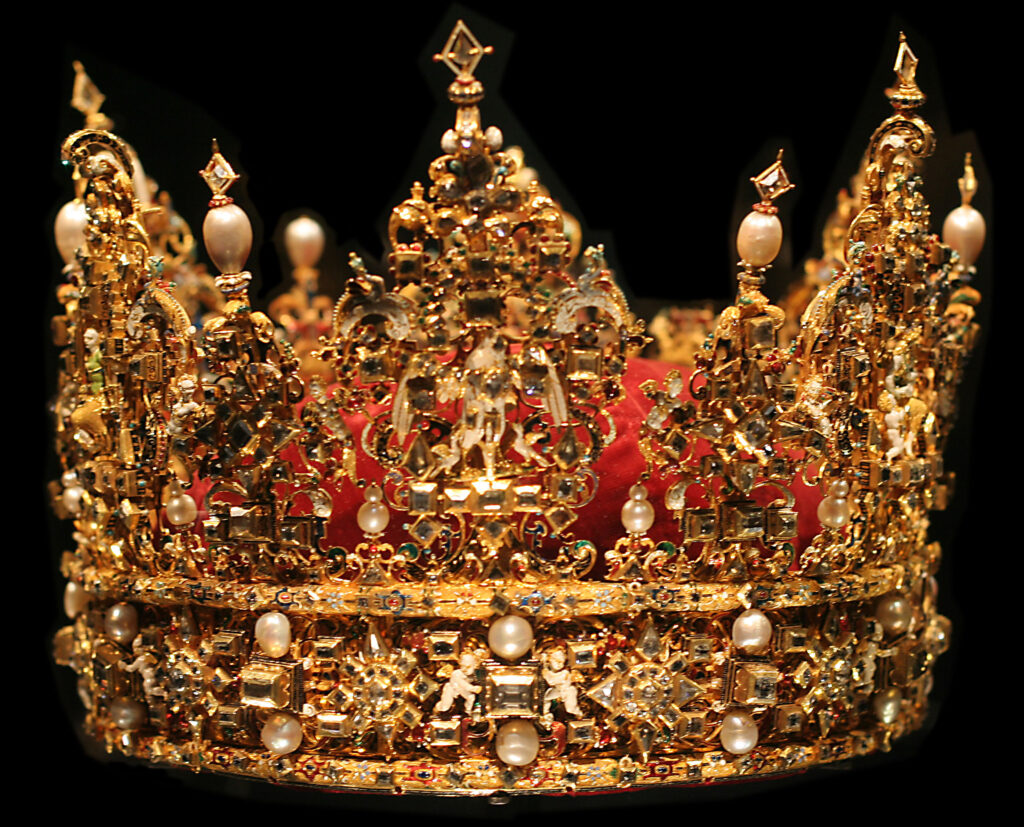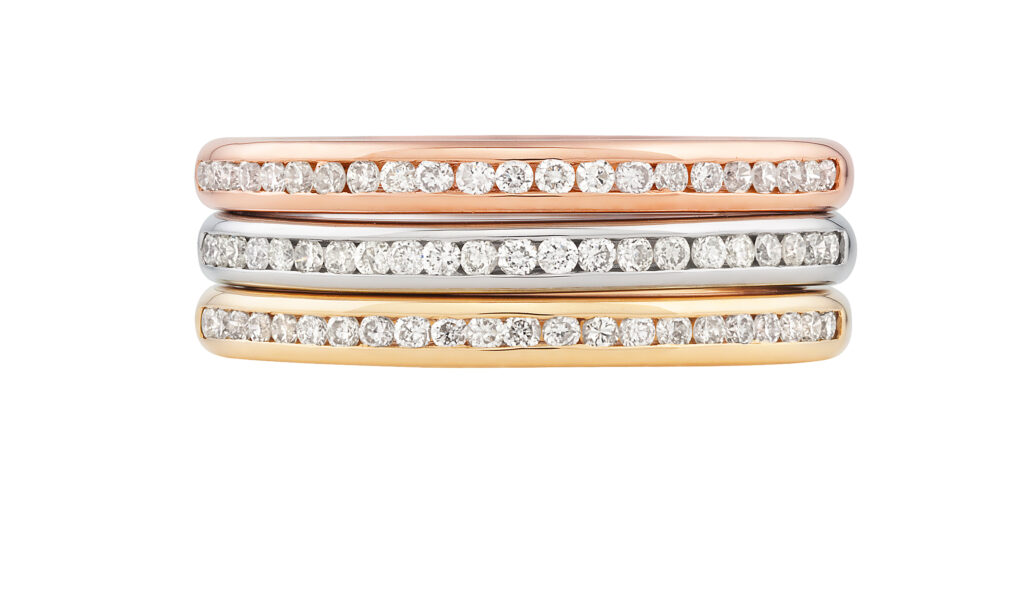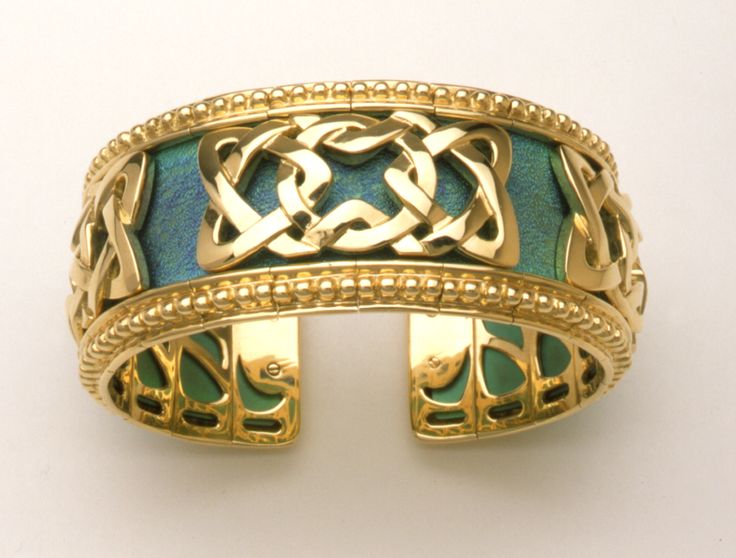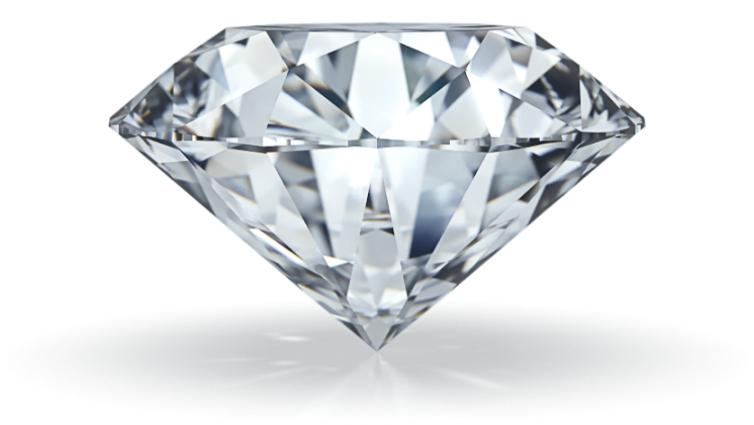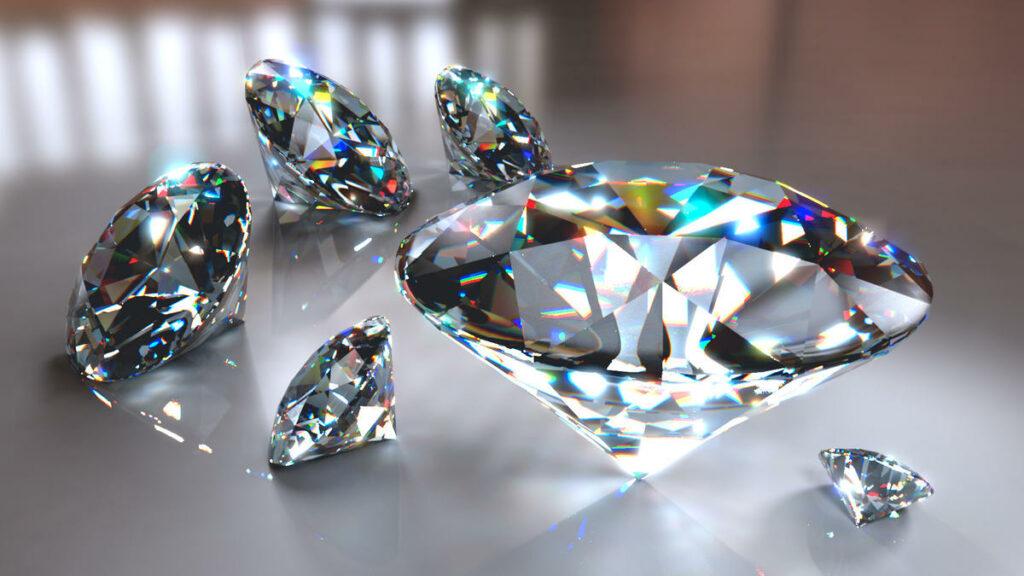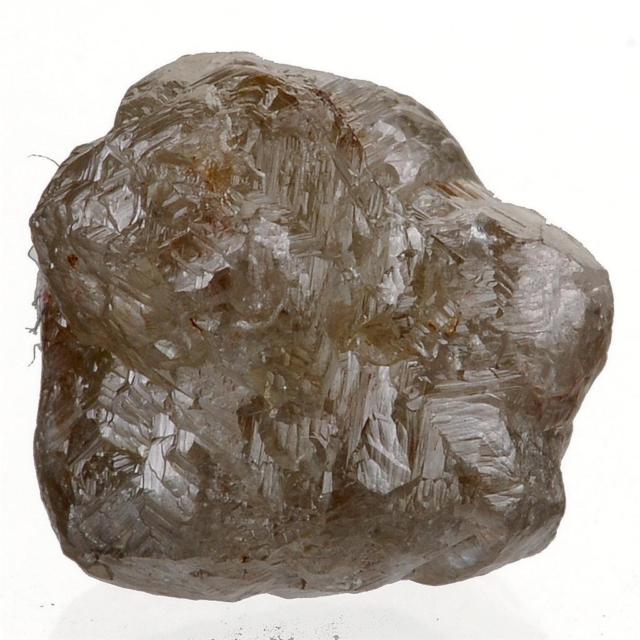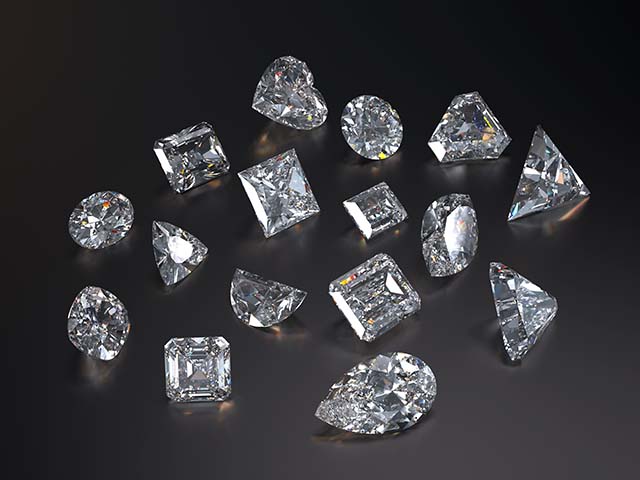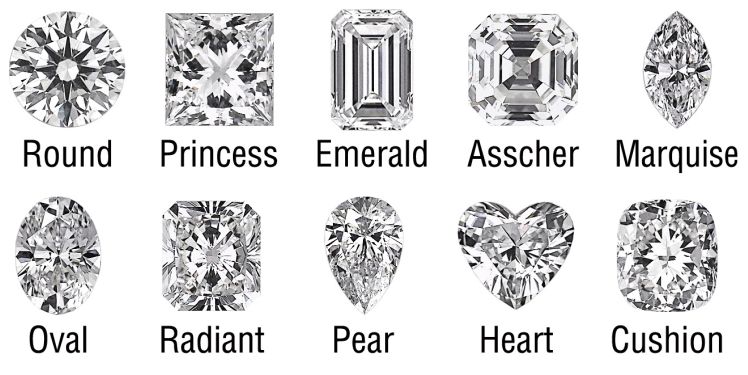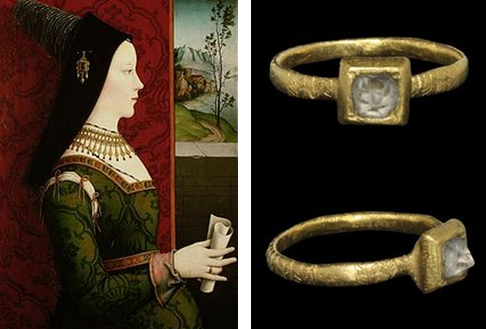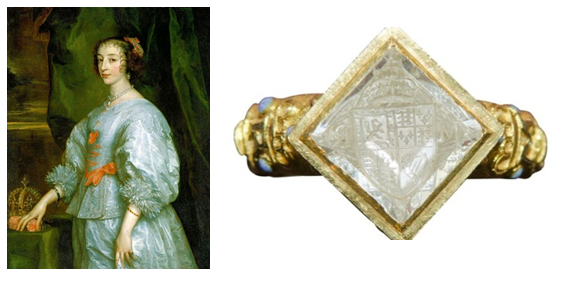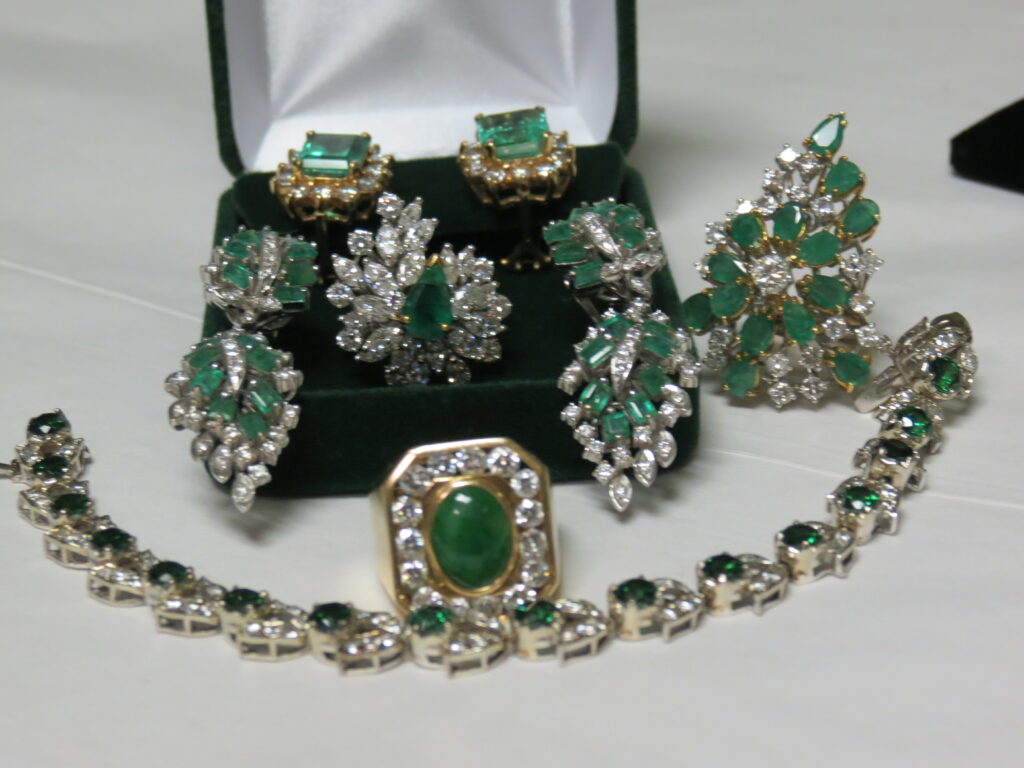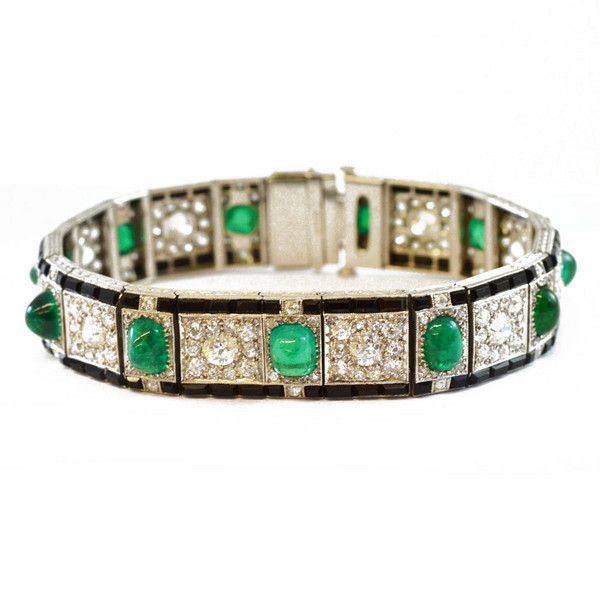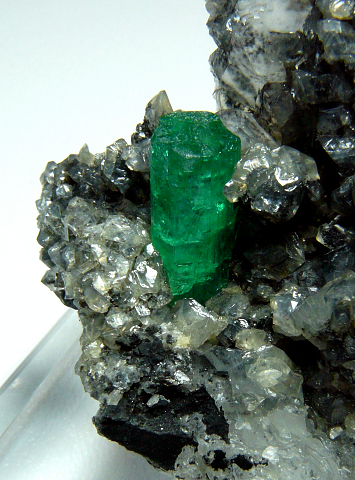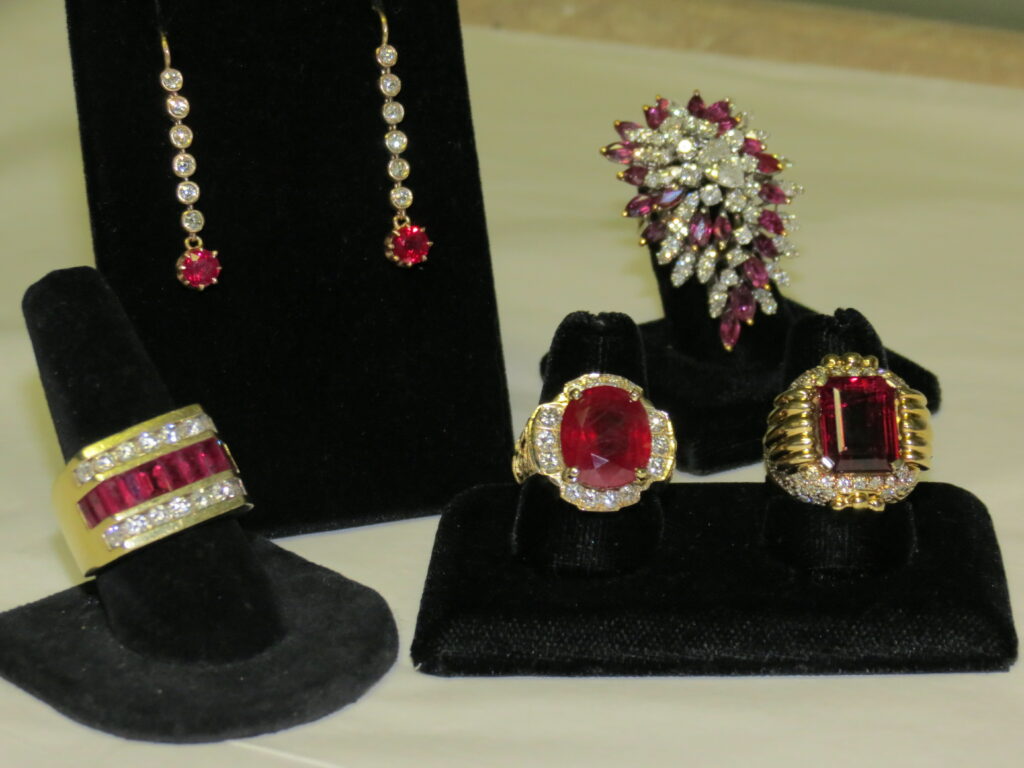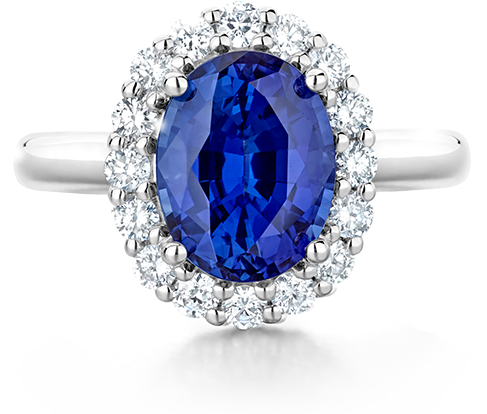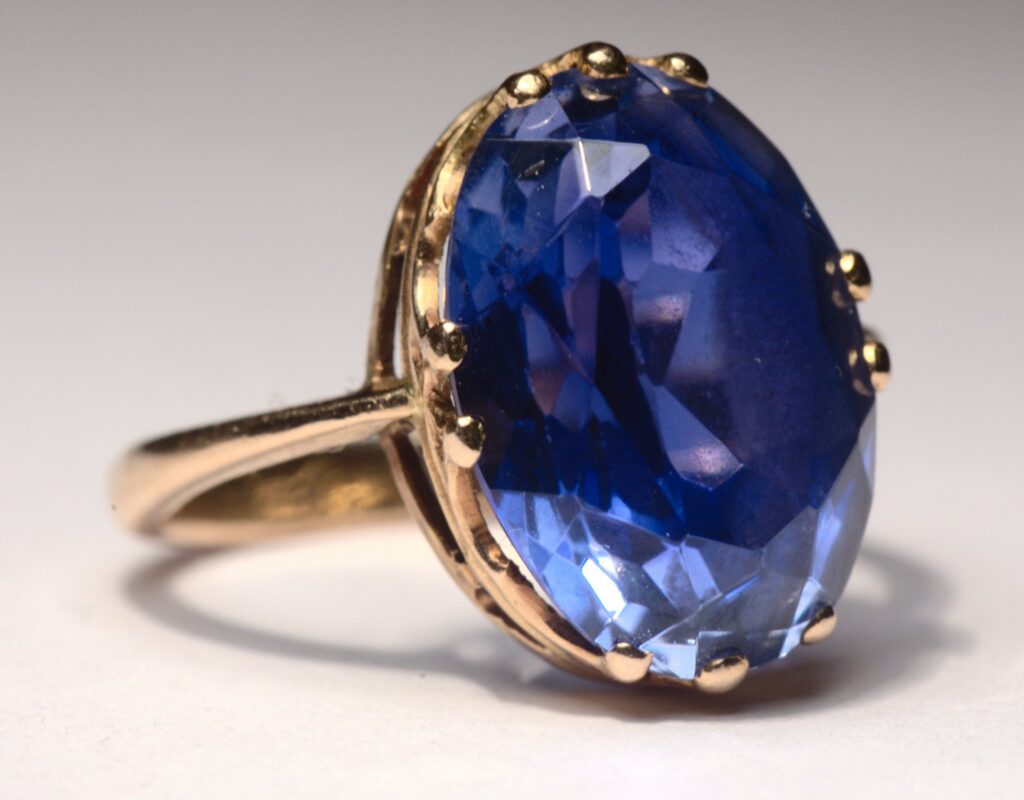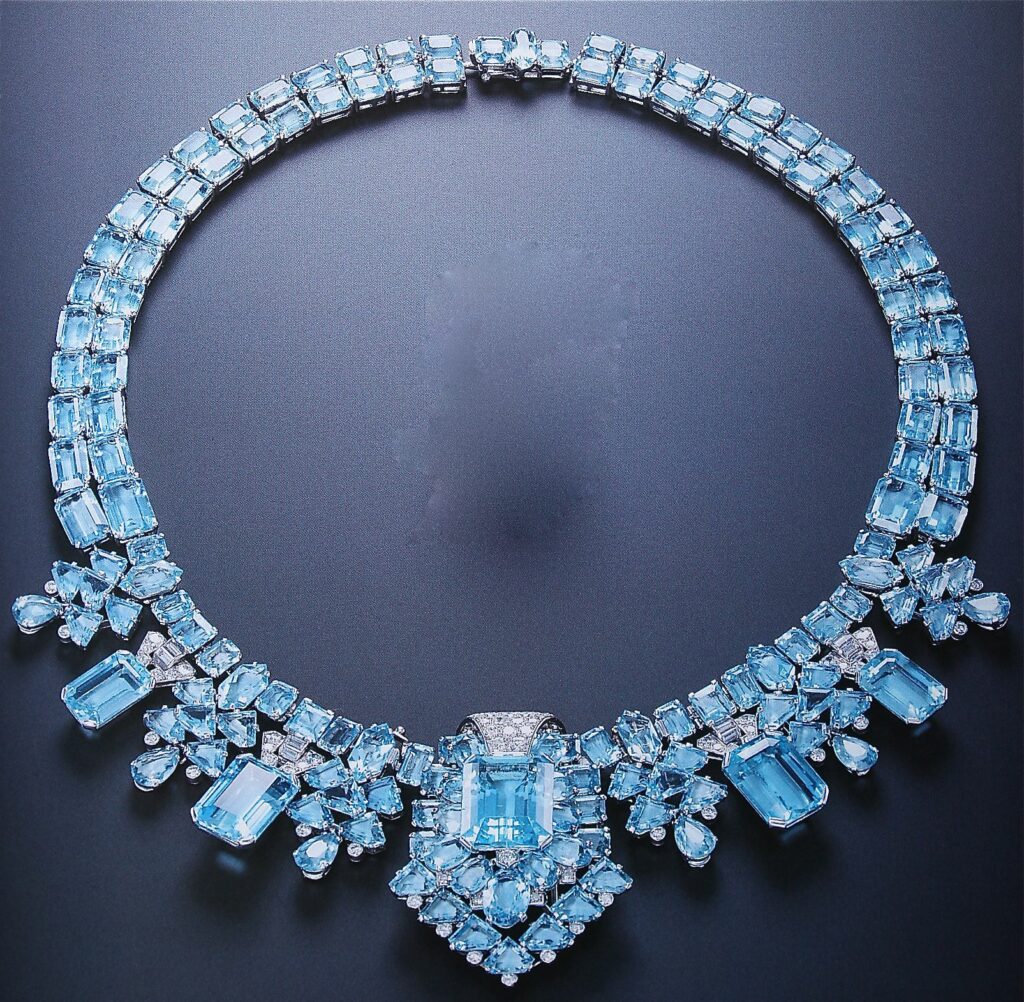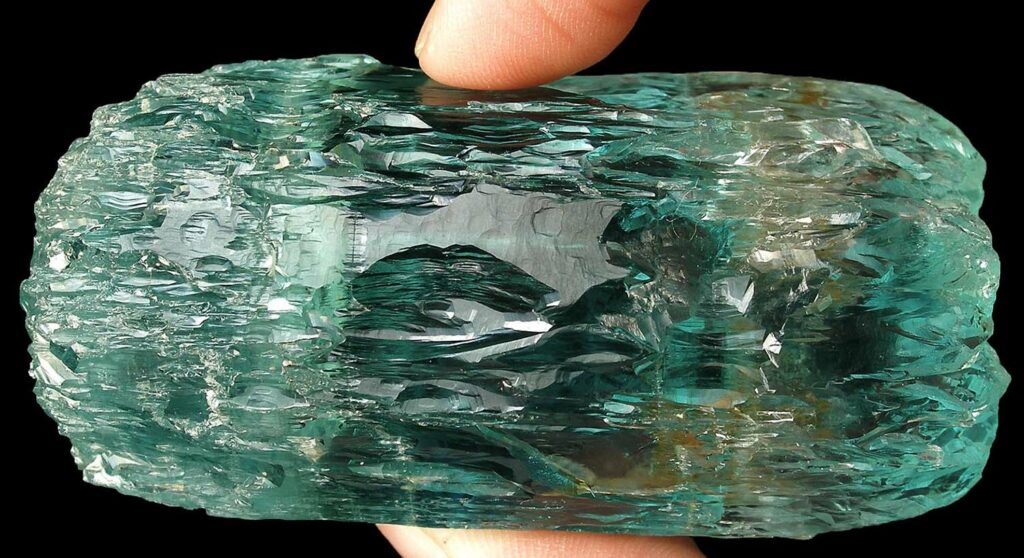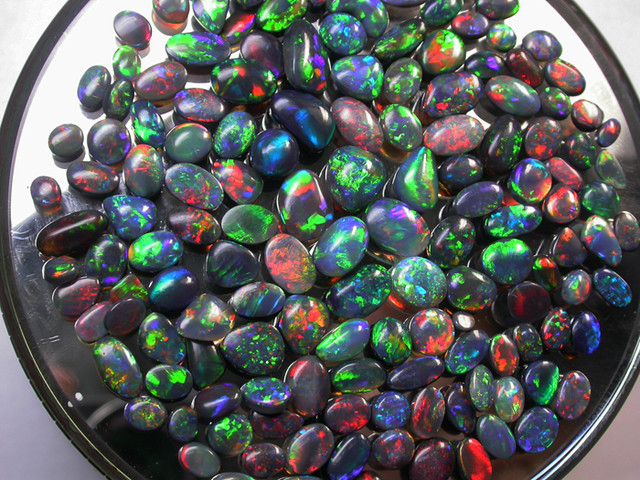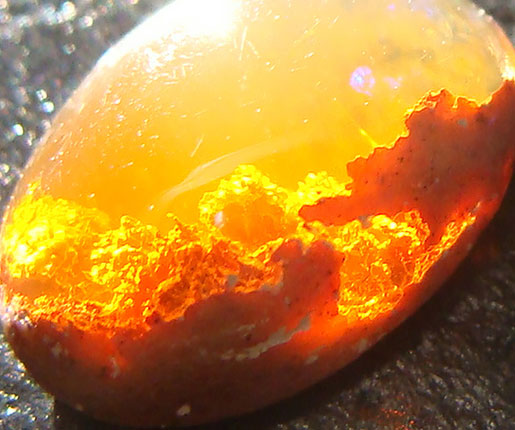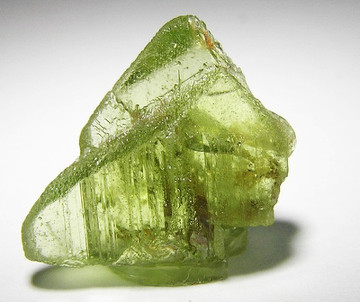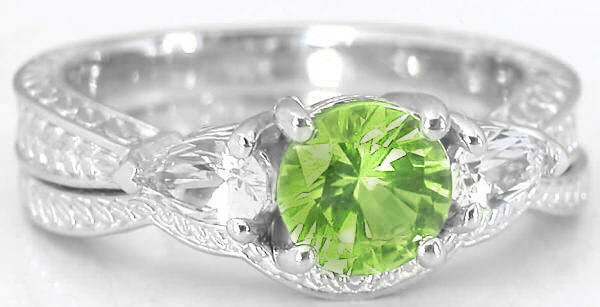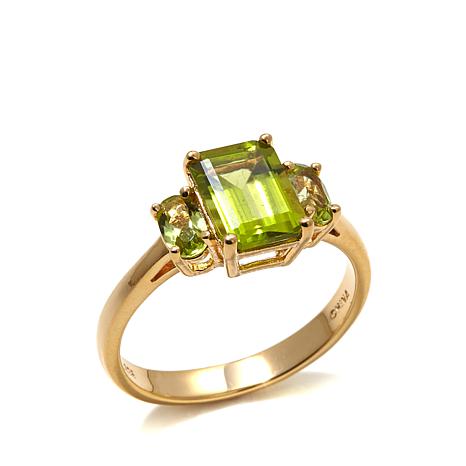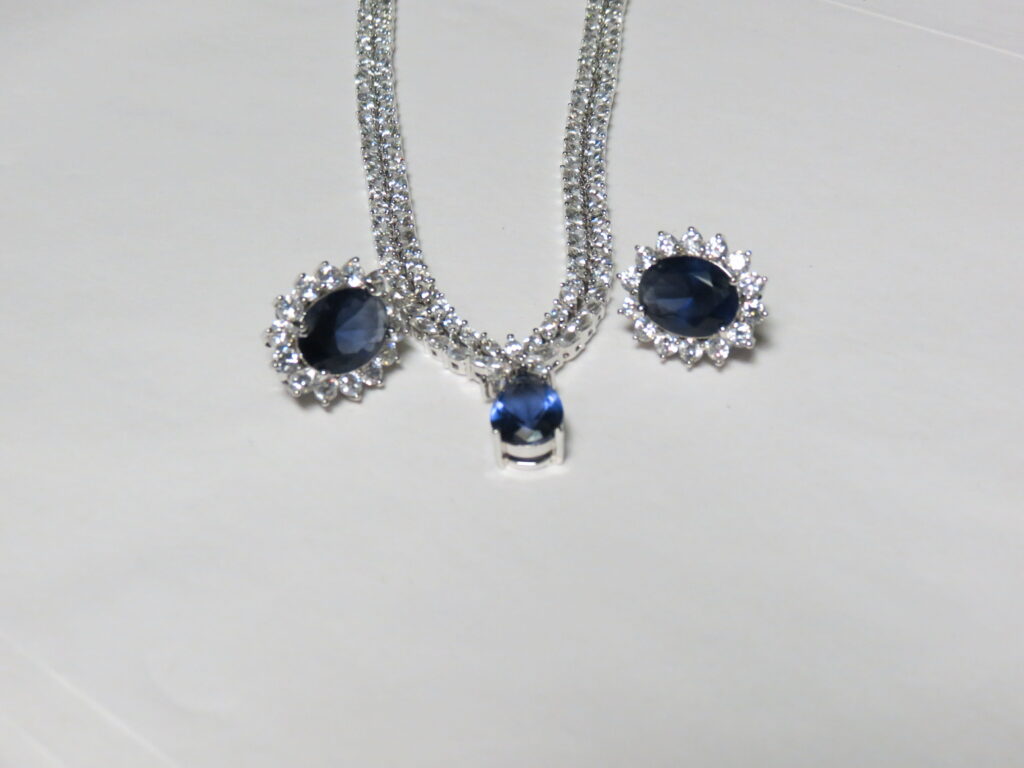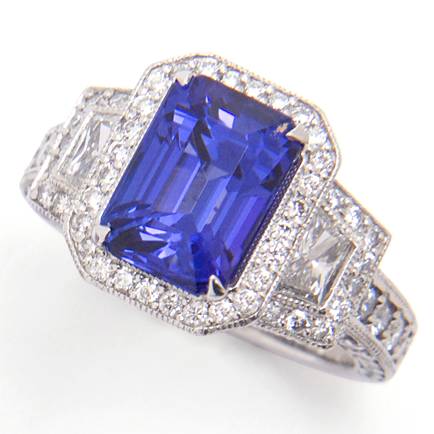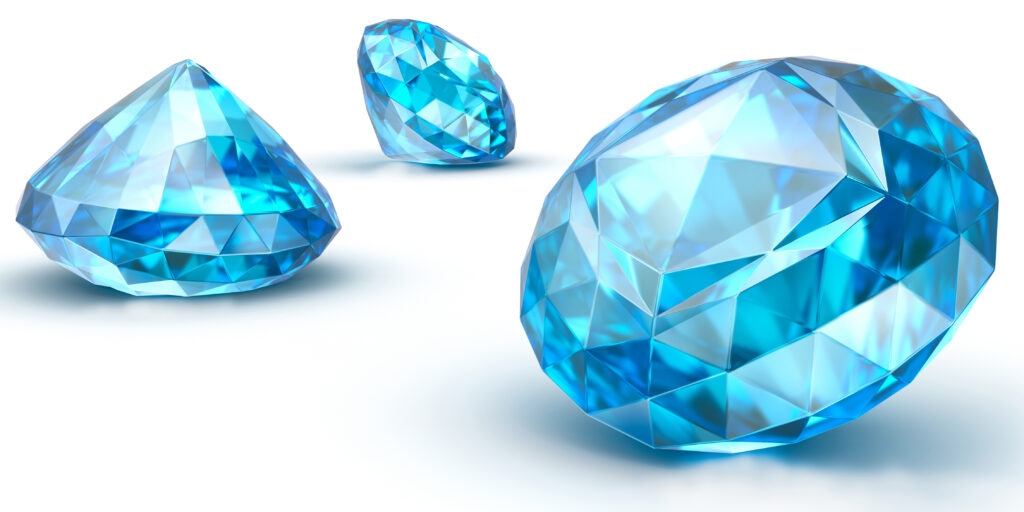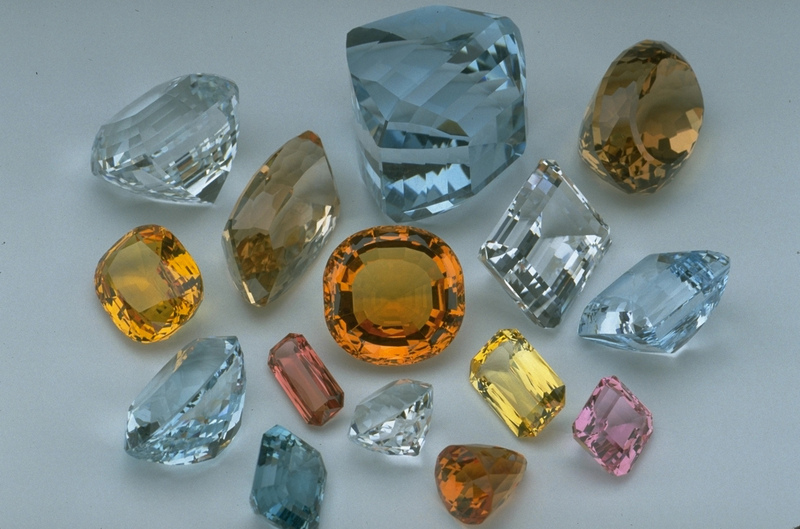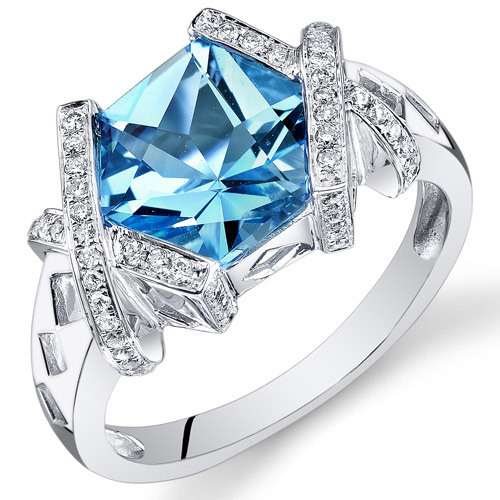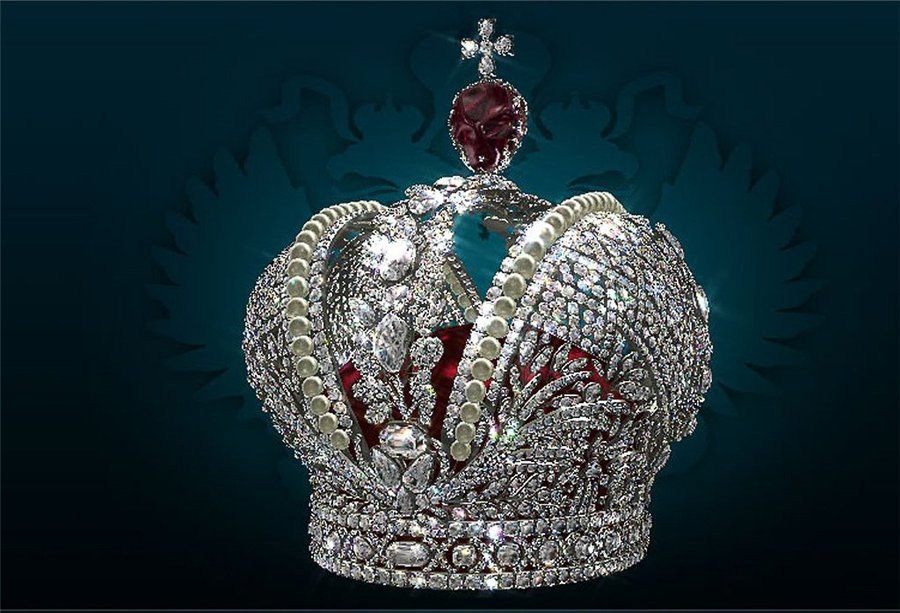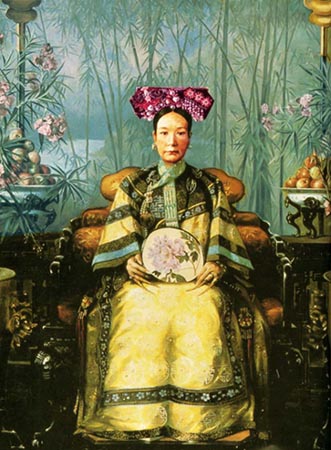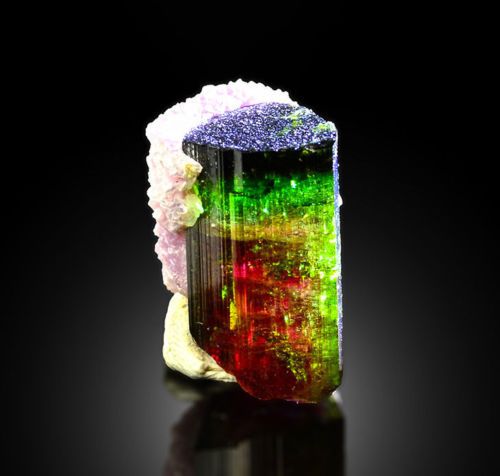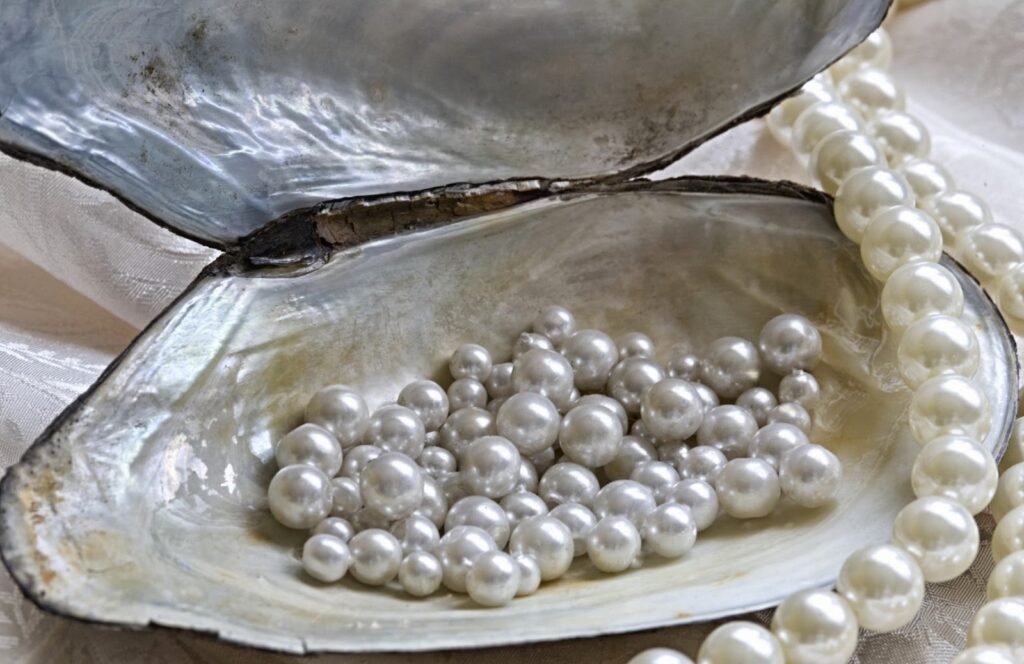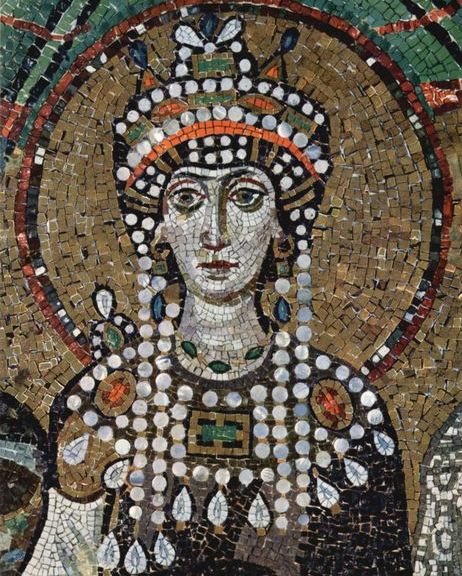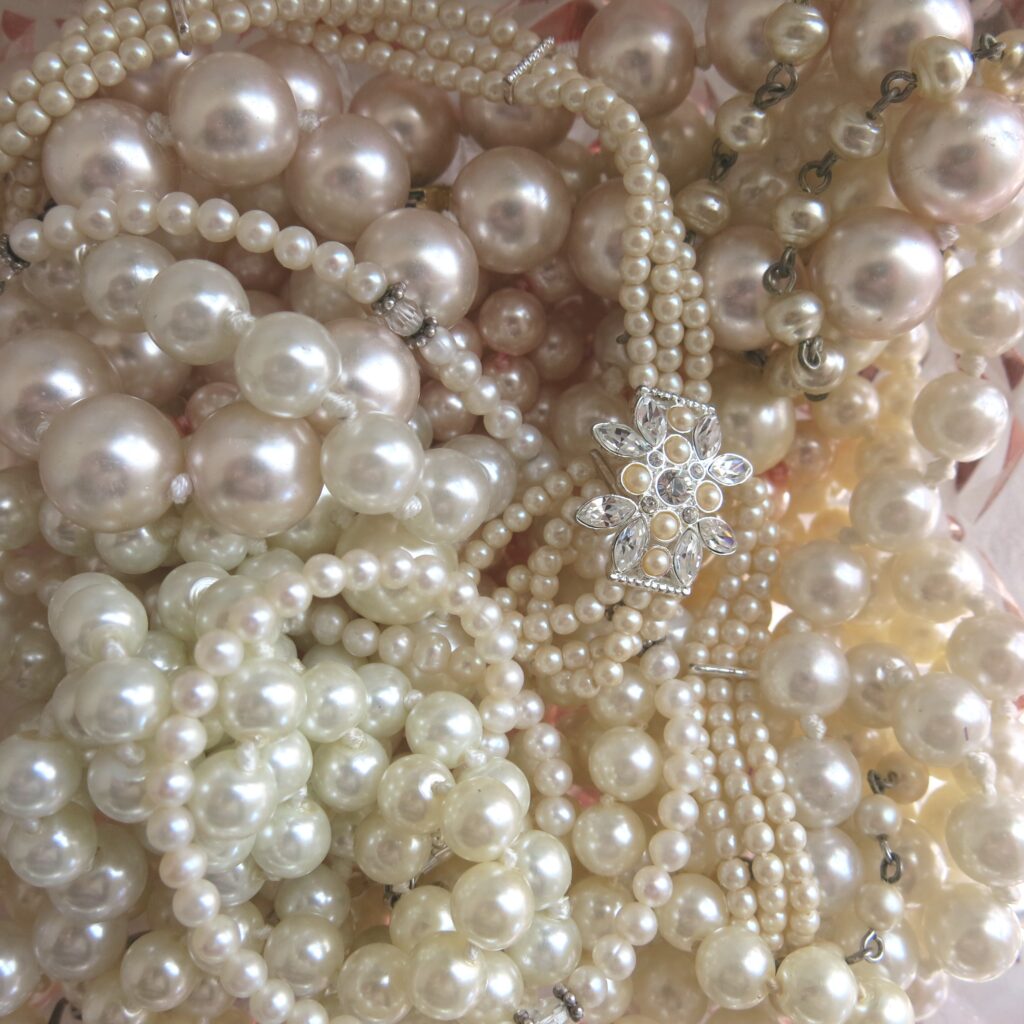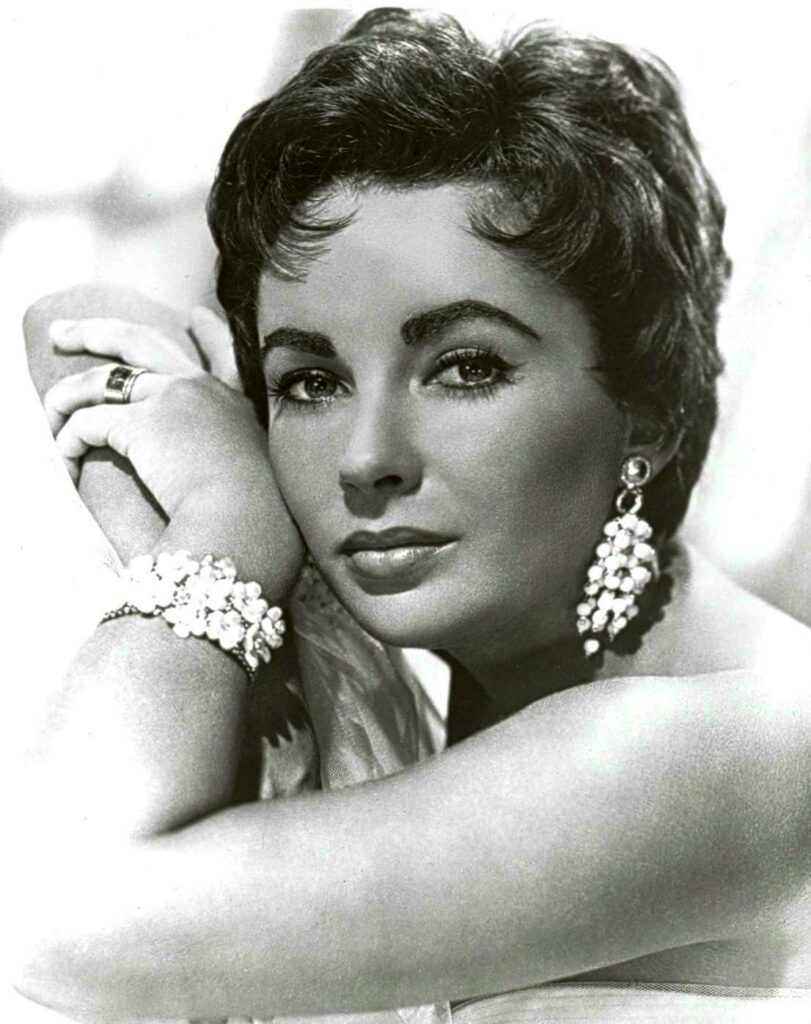The Mystique and Fascination of Jewelry
In the South, rarely will people delve into their family heirlooms without a focus on jewelry. These works of art may be “costumed, hand-made, or of the finest qualities.
Regardless of our race, culture, or religion, jewelry has been used as an integral form of expression for tens of thousands of years. We use jeweled decorations to denote social status or wealth, to show our individuality or uniqueness, accent our personal attire, and boost our self-esteem.There are other reasons that consumers use to justify the purchase of jewelry, but in the end, it is all about human ornamentation as a way to emphasize our individuality from the masses.
Our fascination with jewelry stems from a vast array of events. From the symbolic attributes, family heirlooms, the giving of gifts, the love of collecting, and rewarding ourselves with something special.On this month’s show I have the honor of sharing with you the history, enrichment and beauty of jewelry as I present The Mystique and Fascination of Jewelry.
Jewelry has always been a part of human culture. Even from the times when humans first started using clothes and tools some 100,000 years ago, jewels were produced from any kind of materials that were available – stones, animal skins, feathers, plants, bones, shells, wood, and natural made semi-precious materials such as obsidian. As the time went on, advancing technology enabled artisans to start taming metals and precious gems into works of art that influenced entire cultures and many modern jewelry styles. However, even with all advancements in the mastery of metal works and gem processing, the purpose of wearing jewelry always remained the same – they enabled the wearer to express himself non-verbally, showcase wealth, rank, political and religious affiliation or affections toward someone. This enabled jewelry to become timeless and a target for constant development and refinement.
See our gallery below of images captured from the episode.
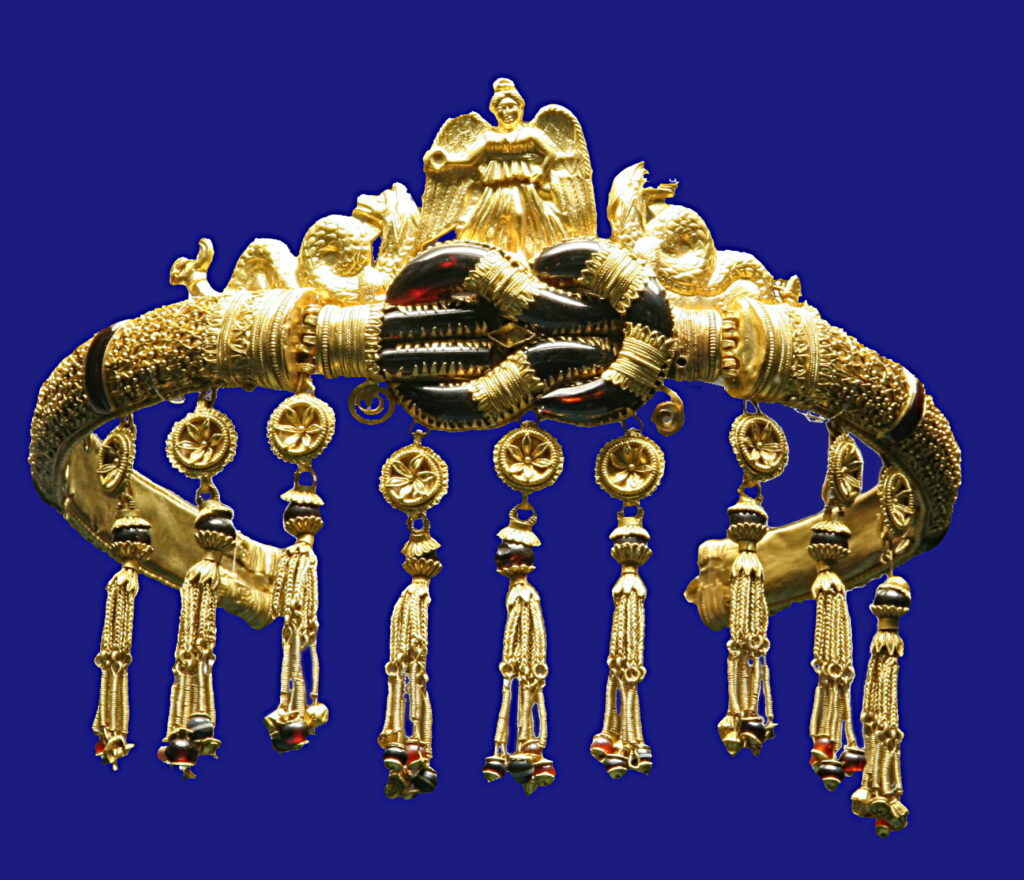
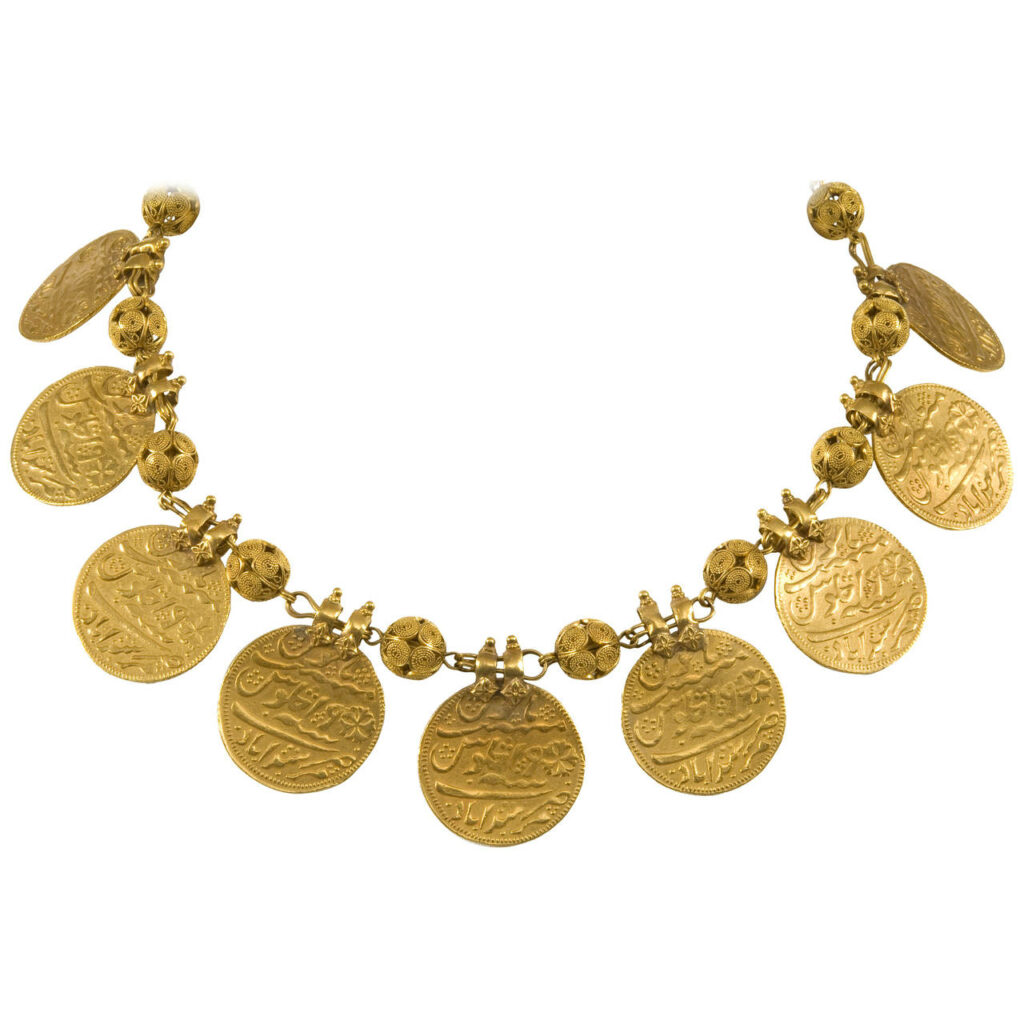
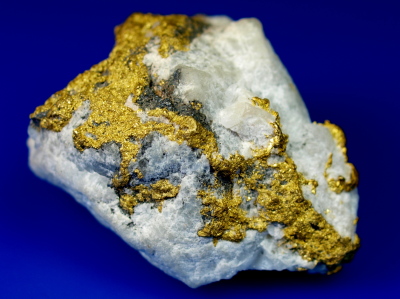
OLYMPUS DIGITAL CAMERA 
